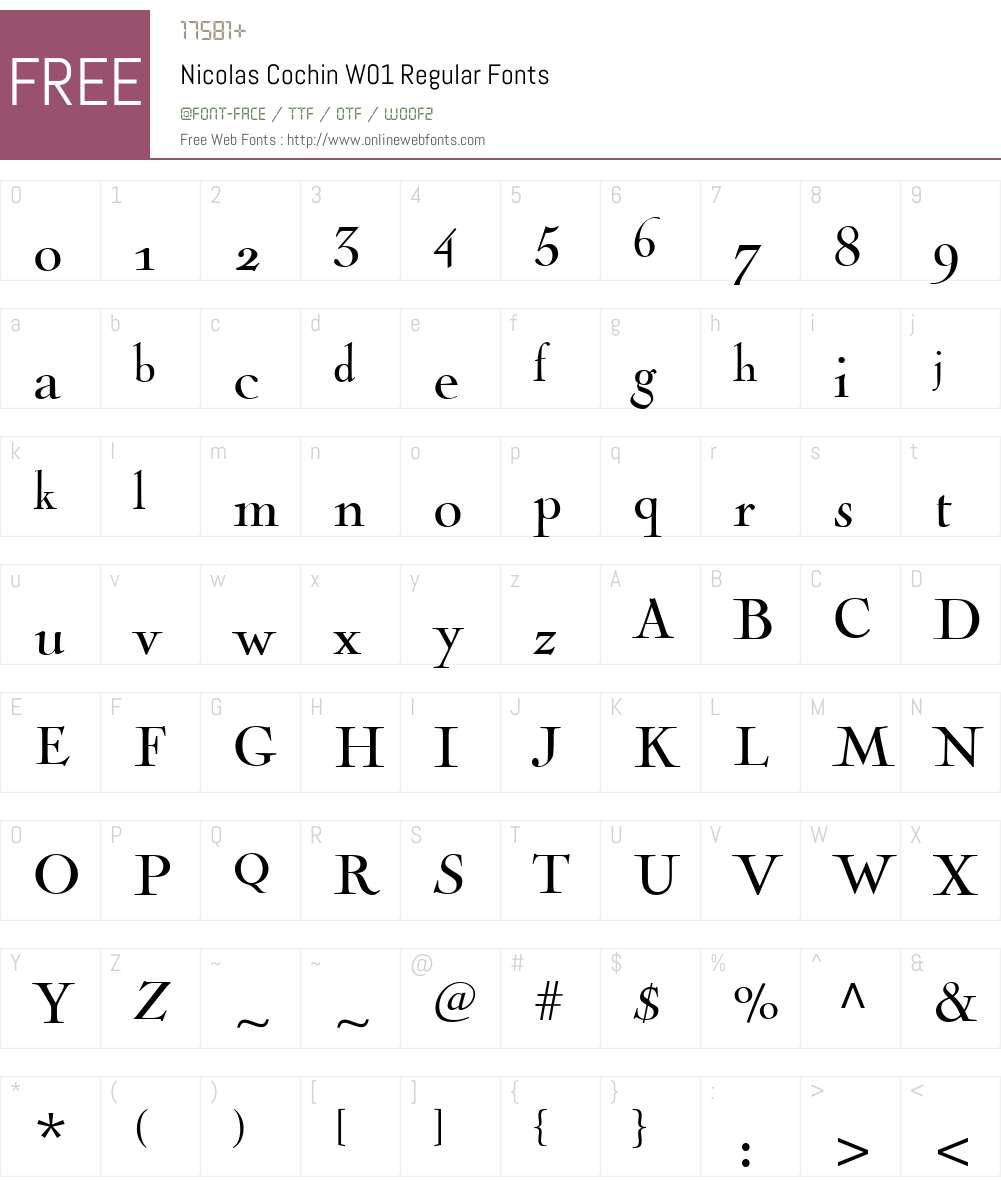

So, use the font if you want to add a cool and interesting touch to your designs. This font can be used anywhere, like on posters, banners, book covers, business cards, homeware designs, art designs, cartoon designs, artistic designs, 3D designs, template designs, theme designs, product packaging, branding projects, and many more. The font has horizontal and no kerning, but it is scalable with no fixed width. The Cochin font has glyphs ranging from 202 to 3 units per EM. It was based on Peignot’s 1812-face Cochin 18c and released by Monotype UK in 1927 as Cochin Series 165, Roman and Italic.Ĭompared with other fonts, the Cochin font has fewer ascenders, making it easier to use for long texts. Similarly, Georges Peignot created the “Nicolas-Cochin” design as a looser variation of the same style. Some of the characters have slopes in their small x-height. The font has 8 styles and 4 weights, including italic, bold, roman, and bold italic. It has OpenType and TrueType features, many stylistic alternates, texture ligatures, swashes, and glimpses, making it more unique in the font marketplace. Unlike the digital versions by Linotype/ Adobe, URW’s and Bitstream’s (as Engravers Oldstyle 205) include the Black styles.

However, this font was reworked in 1977 by Matthew Carter at Linotype and added three italicized weights. The font’s origin lies in the copperplate engravings of the 18th century. This font’s name comes from the city of Kochi in India, which was formerly known as Cochin. He created this font for a Paris foundry named G. The font was designed and shared in 1912 by Georges Peignot and released in 1914 through Linotype.

The Cochin font belongs to the serif font family.


 0 kommentar(er)
0 kommentar(er)
